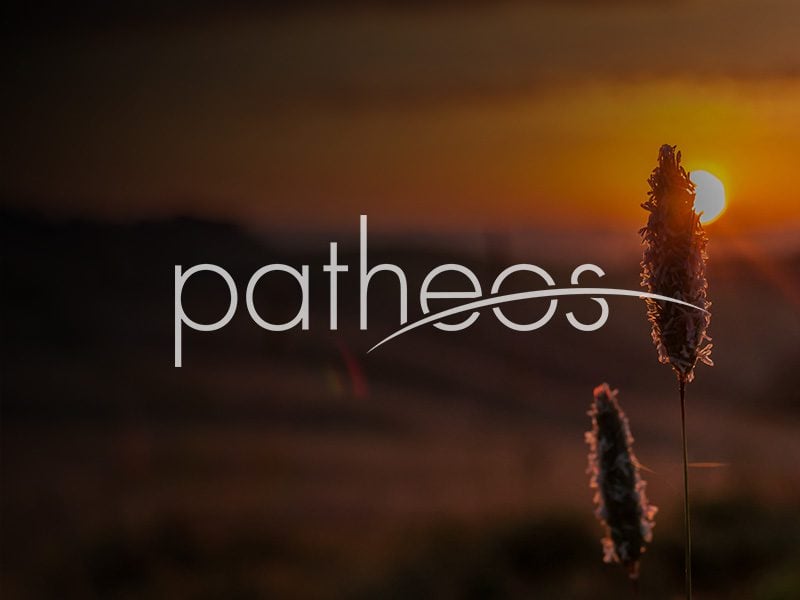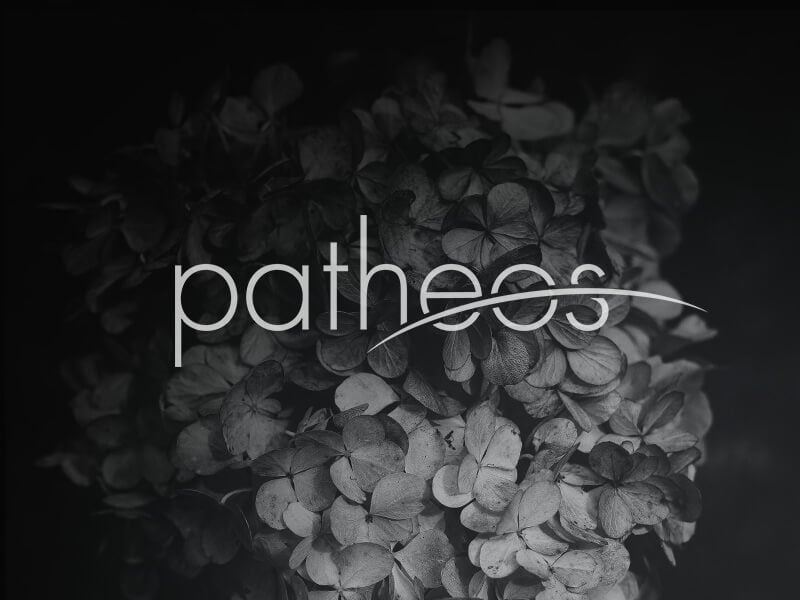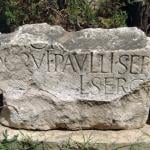The Modernday Dictionary of Deceived Ideas offers this definition of postmodernism “This word has no meaning. Use it as often as possible.” Mike Featherstone, who quotes this dictionary, offers a more serious discussion of what postmodernism means when applied to artistic movemements. He gives this summary of the sensibility of modernism: “The basic features of modernism [ie, the high modernism of Joyce, Eliot, Picasso, Stravinsky] can be summarized as: an aesthetic of self-consciousness and reflexiveness; a rejection of narrative structure... Read more














